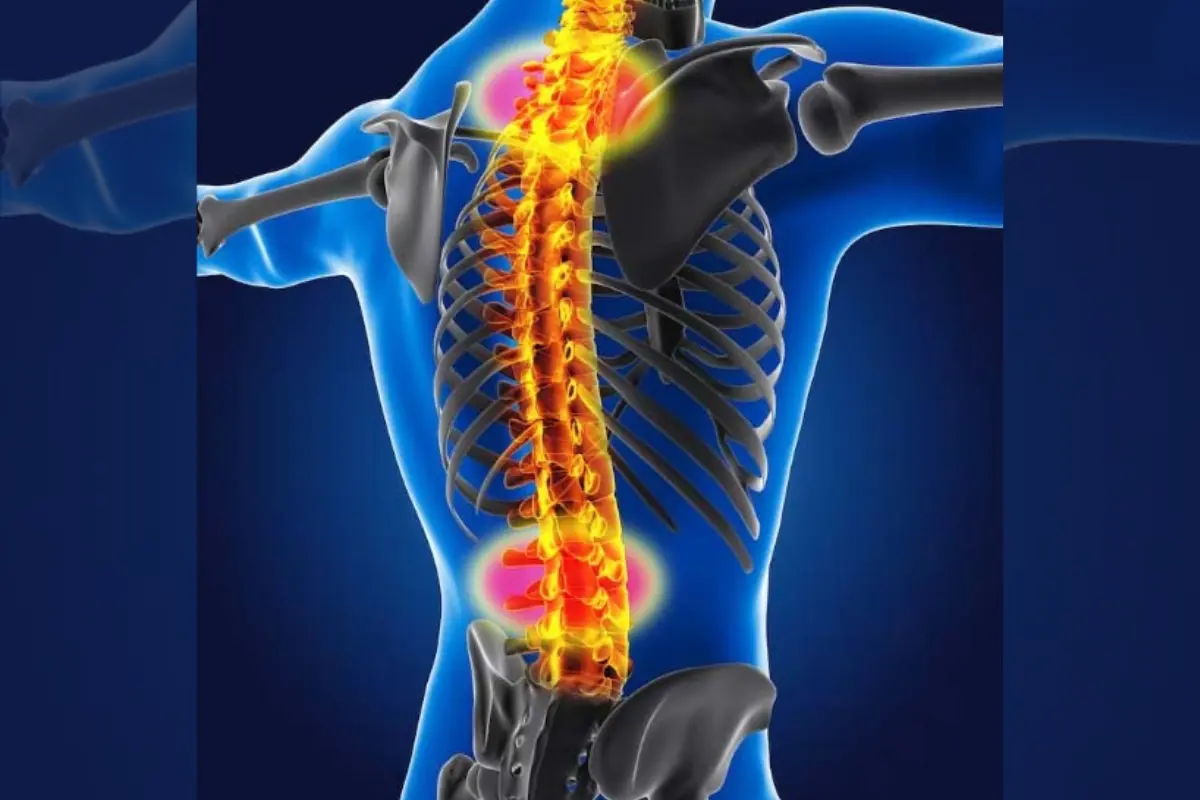
An international study involving researchers from the US, Singapore, and Scotland has uncovered a concerning association between Spinal Muscular Atrophy (SMA) and a heightened risk of developing fatty liver disease.
This research highlights the potential for SMA to lead to additional health complications beyond its well-known effects on the nervous system.
Implications For Spinal Muscular Atrophy Patients
SMA is a rare genetic disorder that hinders the body’s ability to produce Survival Motor Neuron (SMN) protein, essential for the health of motor neurons.
This deficiency results in progressive muscle weakness as nerves fail to communicate effectively with muscles.
However, the recent findings suggest that the repercussions of SMA extend to other organs, particularly the liver.
“Our research indicates that individuals with SMA may face an increased risk of additional health issues over time due to the SMA gene mutation’s broader impact,” stated Crystal Yeo, a Clinician-Scientist from Singapore’s A-STAR Institute of Molecular and Cell Biology (IMCB).
Published in the esteemed ‘Journal of Clinical Investigation’, the study reveals that the genetic mutation responsible for SMA not only reduces SMN protein levels in motor neurons but also adversely affects liver cells.
This reduction leads to impaired liver function, particularly in fat metabolism.
Fatty liver disease occurs when excessive fat accumulates in the liver, leading to inflammation and potential damage.
This condition is often associated with serious health issues like heart disease, diabetes, and obesity, making it especially alarming for SMA patients.
Significantly, the study demonstrated that utilizing gene editing techniques to correct the faulty gene in patient-derived stem cells could restore SMN production and reverse liver dysfunction.
This breakthrough establishes a clear link between the genetic mutation and liver health, underscoring the multifaceted nature of SMA.
These findings emphasize the need for comprehensive healthcare strategies for SMA patients that address not only motor function but also the potential for liver disease and other systemic health issues.
Ongoing research is crucial to better understand the implications of SMA on overall health and to develop targeted interventions that can improve quality of life for those affected by this condition.
Also Read: Cambridge Researchers Develop AI Tool To Predict Early Dementia Progression
To read more such news, download Bharat Express news apps


















